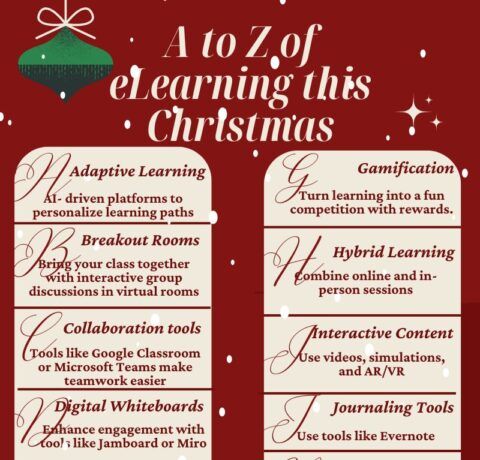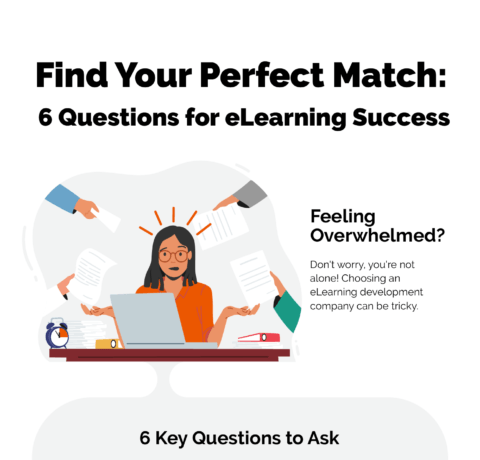The Science of Attention in eLearning Infographic
Attention refers to the capability of the brain to choose one aspect on which to concentrate while ignoring everything else in the environment. Helping students to pay attention is a primary concern of training. The Science of Attention in eLearning Infographic helps eLearning professionals understand how the attention system works.
Attention and the Brain
Attention lies in two areas of the brain:
- The prefrontal cortex, located behind the forehead and spanning to the left and right sides of the brain, handles willful concentration. Part of the motivational system, it helps a person focus attention on a goal.
- The parietal cortex, behind the ear, is for sudden events that require action.
Attention is largely a function of the Reticular Activating System (RAS), which includes a number of nerve fibers such as the thalamus, hypothalamus, brain stem, and cerebral cortex. The RAS accounts for shifts in levels of involvement in surroundings.
Watch out: The less engaging the course the more difficult is for students to hold their attention.
Implications for eLearning Professionals
It is important for eLearning developers to remember that they are competing for their learners’ attention and to bear the following in mind:
- People do not pay attention when information is boring or presented in an uninteresting way.
- Attention begins to wander after 10 minutes if the brain is not engaged.
- People are unable to multitask — it is only possible to focus on one thing at a time.
- The brain pays attention to people better than things.
- Most people have similar rhythmic patterns







You can adjust your cookie preferences here.